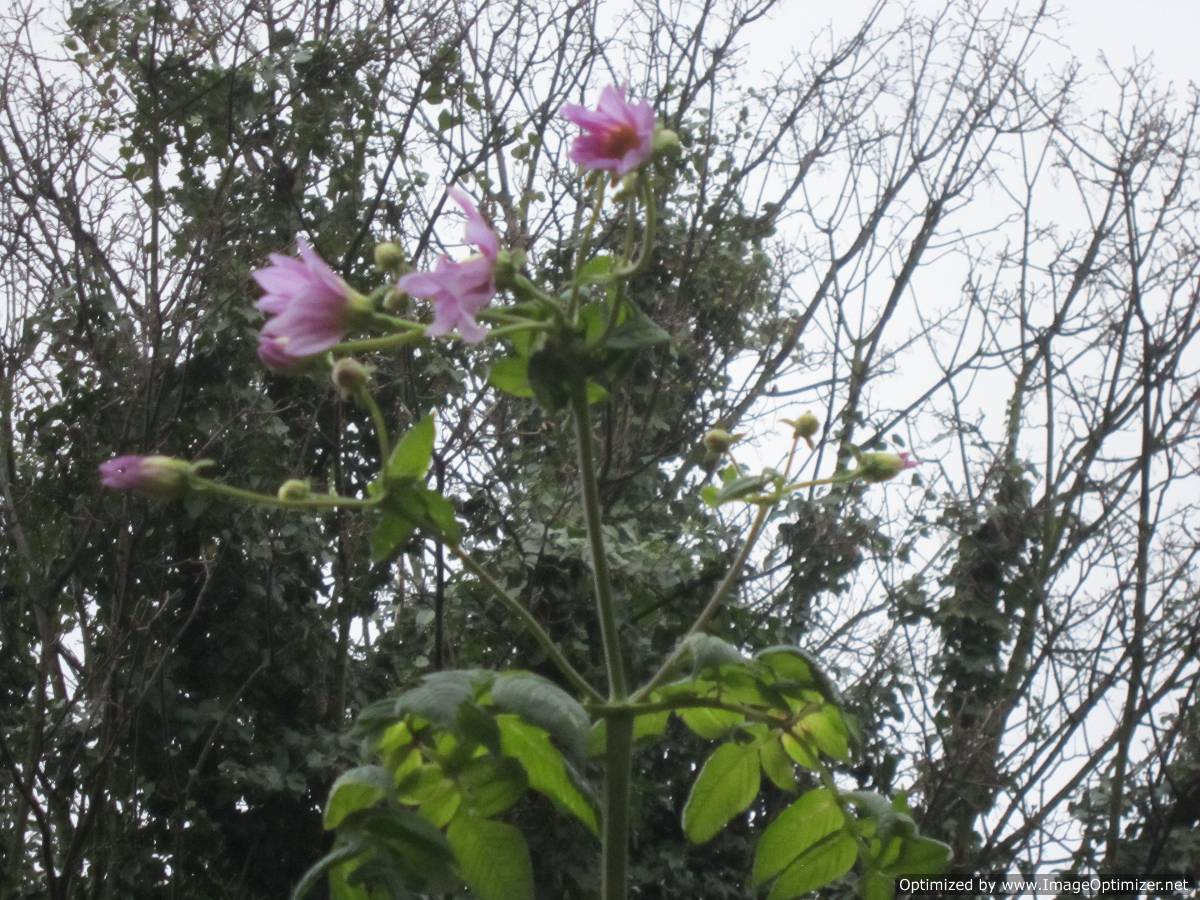

Both blights cause purplish black spots on the leaves and stems of peonies. Ongoing sanitation, fall clean up and better weather is usually enough to keep this disease under controlĪ bit more information: Phytophthora blight is another common disease of peonies. And only clean up during dry weather as moisture helps spread the blight. It may look as though the flowers are old and fading.

Botrytis Blight: This fungus prefers cloudy, moist weather and can become deadly if not treated.

cyclamen, dahlia, geranium, marigold, peony, petunia, roses, and snapdragon very often precede and lead to stem rot. Aster Yellows: This peculiar disease is carried by leafhoppers and is incurable. Botrytis blight or gray mold, one of the most common and destructive diseases of greenhouse-grown crops, is estimated to cause a greater economic loss of. Here are the ones to especially watch out for. ORCHID (Dendrobium): Botrytis blossom blight. OAK: Actinopelte leaf spot, Taphrina leaf blister. Botrytis blight symptoms on flowers include spotting, discoloration, and wilting. What Diseases Affect Dahlias There are a wide array of potential diseases that can affect the many types of Dahlia plants. MARIGOLD: Botrytis blossom blight, Do not use on French dwarf double or Signet-type marigold seedlings.) NARCISSUS: Botrytis blight (fire), Smoulder. Don’t compost it as this can spread the disease. Botrytis blight on plants is caused by Botrytis cinerea, a fungus that attacks tender parts of the plant in the presence of high humidity. In advanced stages all tissues may be penetrated by the fungus. Affected plants decline rapidly with stems and leaves developing brown, water-soaked lesions. Remove infected parts and place in a paper bag for disposal. Botrytis Blight and Stem Rot (fungus Botrytis cinerea): This fungus is most severe when temperatures are cool and moisture levels are high. Look for the fuzzy gray growth and small black specks on the dead tissue. The disease attacks a variety of ornamental and edible plants and often is specific to the plant part infected.īotrytis bud blast and flower blights can also occur on mums, dahlias, dogwood, geraniums, hydrangea, marigolds, and sunflowers. This fungal disease is most common in cool and rainy as well as humid weather. To view this video please enable JavaScript, and consider upgrading to a web browser thatīrown buds that fail to open on peonies and some roses, especially the white and pink flowered varieties is usually the result of botrytis blight also known as gray mold.


 0 kommentar(er)
0 kommentar(er)
